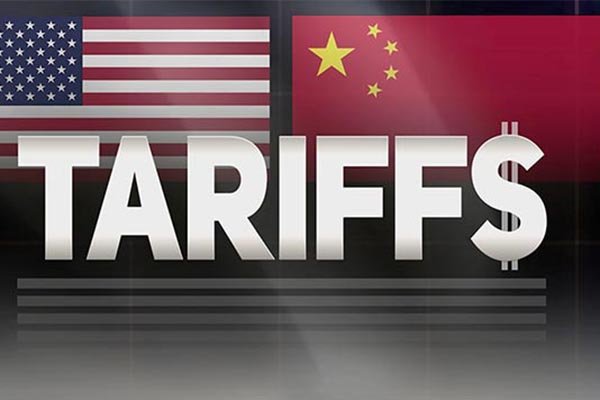Why Trump’s ‘Liberation Day’ Tariff Plan Poses Major Economic Risks
March 31, 2025
Former U.S. President Donald Trump has made headlines once again with his proposed “Liberation Day” tariff plan, a sweeping policy aimed at overhauling the country’s trade strategy. If reelected, Trump vows to impose dramatic tariff increases on imported goods, a move he claims will revitalize American manufacturing and reduce reliance on foreign economies. However, economists and trade experts warn that such a drastic shift could lead to significant economic instability, rising consumer prices, and strained international relations.
A Radical Trade Overhaul
Trump’s plan envisions the introduction of universal baseline tariffs on imports, with some goods facing levies as high as 60%. He argues that this strategy will encourage domestic production, create jobs, and diminish China’s influence on global markets. He has also suggested that these tariffs will generate additional revenue for the U.S. government, which he plans to use for tax cuts and infrastructure development.
However, critics point out that history has repeatedly demonstrated the downsides of aggressive tariff policies. “While protectionist measures may offer short-term political appeal, they often result in higher costs for consumers and retaliatory measures from trading partners,” says Robert Hayes, an economist at the Brookings Institution.
The Ripple Effect on Consumers and Businesses
One of the most immediate concerns is the impact on consumer prices. Many goods, including electronics, automobiles, and everyday household items, are imported from abroad. Higher tariffs would lead to increased costs for businesses that rely on foreign materials, which would, in turn, be passed on to consumers.
“If enacted, the Liberation Day tariffs could cause an inflationary spike similar to what we saw during Trump’s first presidency,” says Sarah Connors, a trade analyst at the Peterson Institute for International Economics. “The idea that American companies can instantly replace foreign suppliers is unrealistic, and the average consumer will bear the brunt of these changes.”
Retaliation from Trading Partners
Another major risk comes from international retaliation. Countries targeted by U.S. tariffs, including China, the European Union, and Mexico, are likely to impose their own countermeasures. This could lead to higher export taxes on American goods, making it more expensive for U.S. companies to sell abroad and potentially triggering a full-scale trade war.
During Trump’s previous tenure, a similar trade war with China resulted in billions of dollars in agricultural losses for American farmers, leading to government bailouts for affected industries. If such a conflict reignites, sectors like technology, agriculture, and automotive manufacturing could suffer significant losses.
Global Economic Stability at Stake
The U.S. economy does not exist in isolation. Implementing aggressive tariffs could disrupt global supply chains, slow economic growth, and weaken diplomatic ties with key allies. The International Monetary Fund (IMF) has warned that protectionist policies of this magnitude could slow global GDP growth and increase financial uncertainty.
Political Ramifications
The Liberation Day tariff plan is also expected to be a key issue in the 2024 presidential election. While Trump’s base largely supports his “America First” economic strategy, independent voters and business leaders remain skeptical. A recent poll by Gallup shows that 58% of Americans fear that higher tariffs will increase their cost of living, which could impact Trump’s electoral chances.
Conclusion
While Trump’s proposed tariffs may appeal to protectionist sentiments, the potential economic risks cannot be ignored. From rising consumer prices to the possibility of another trade war, experts warn that such a strategy could do more harm than good. As the election season heats up, Americans will have to decide whether the promise of economic nationalism is worth the potential consequences.





